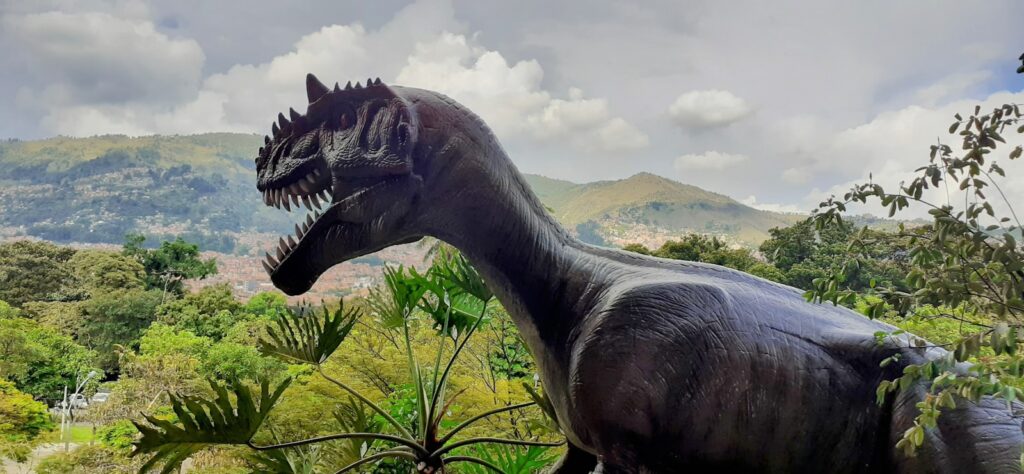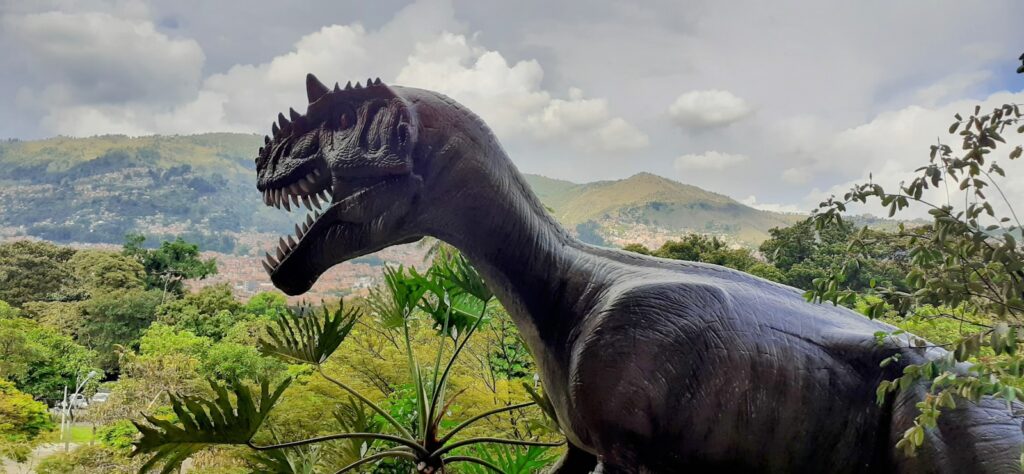Picture this: you’re standing in a world where giants the size of school buses roam freely, where feathered predators hunt in packs, and where the very ground trembles under the weight of creatures that seem too incredible to be real. Yet for over 165 million years, this wasn’t fantasy—it was reality. Dinosaurs weren’t just animals; they were evolution’s masterpiece, a perfect storm of biological innovation that dominated Earth longer than any other group of land animals. Their story isn’t just about size or ferocity—it’s about an extraordinary combination of factors that created the most successful vertebrate dynasty our planet has ever seen.
The Great Permian Reset
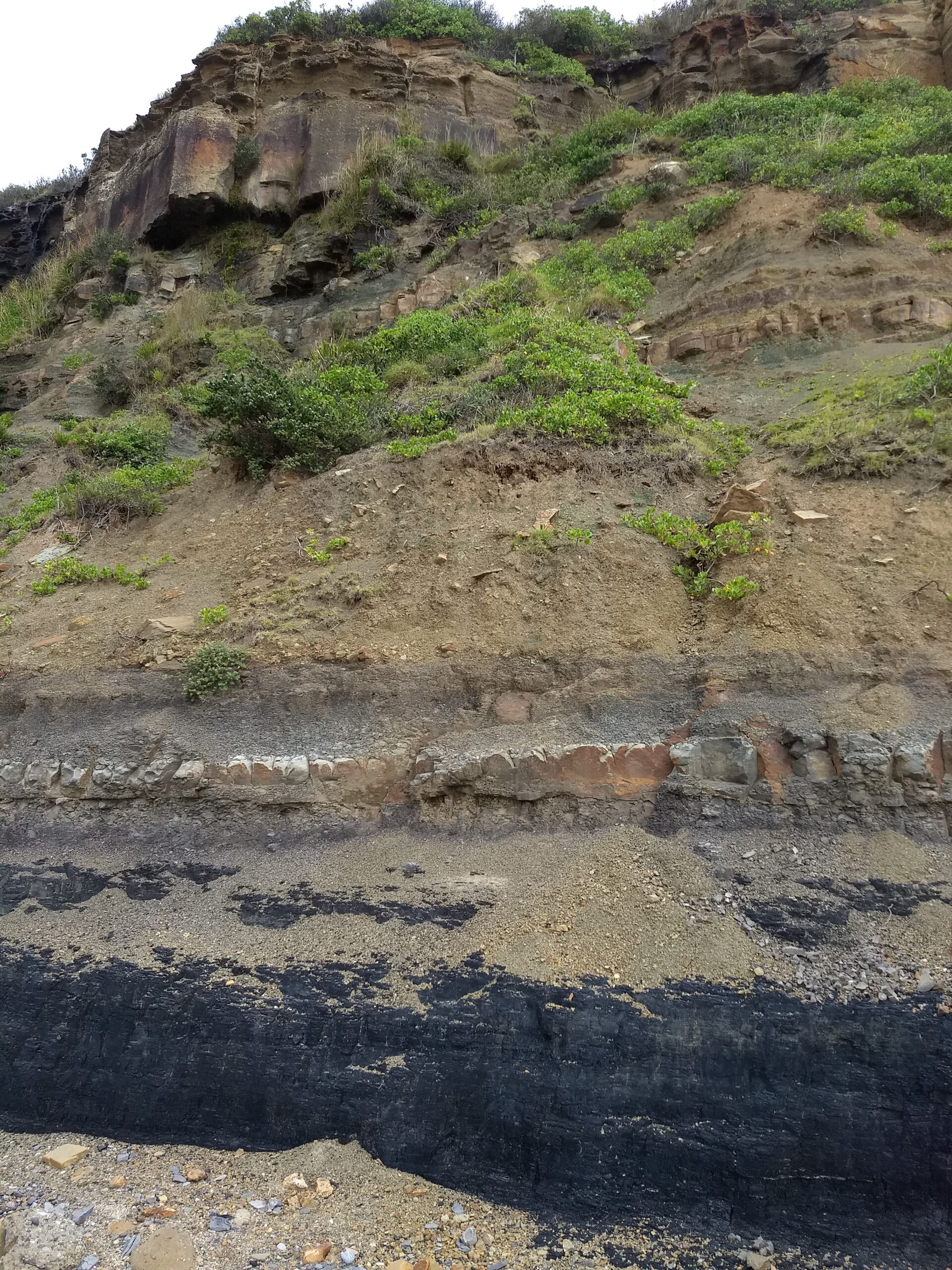
The stage was set for dinosaur dominance long before the first dinosaur ever took a breath. About 252 million years ago, the Permian extinction event wiped out roughly 90% of all life on Earth. This catastrophic event, caused by massive volcanic eruptions in what is now Siberia, essentially cleared the ecological playing field.
What emerged from this devastation was a world ripe for evolutionary experimentation. The survivors found themselves in a landscape with countless empty niches—ecological roles waiting to be filled. This was like nature’s ultimate reset button, creating opportunities that would have been impossible in a world already packed with established species.
Revolutionary Hip Design
Here’s where things get fascinating: dinosaurs literally revolutionized the way animals moved. Their secret weapon wasn’t teeth or claws—it was their hips. Unlike their sprawling reptilian cousins, dinosaurs evolved an upright stance with legs positioned directly beneath their bodies.
This seemingly simple change was actually a biomechanical breakthrough. Imagine the difference between doing push-ups with your arms spread wide versus keeping them close to your body. The upright stance allowed dinosaurs to support more weight, move more efficiently, and use less energy while walking or running.
This innovation freed up energy that could be redirected toward growth, reproduction, and other activities. It’s like upgrading from a gas-guzzling truck to a fuel-efficient sports car—suddenly, you can go faster and farther with the same amount of fuel.
The Breathing Revolution
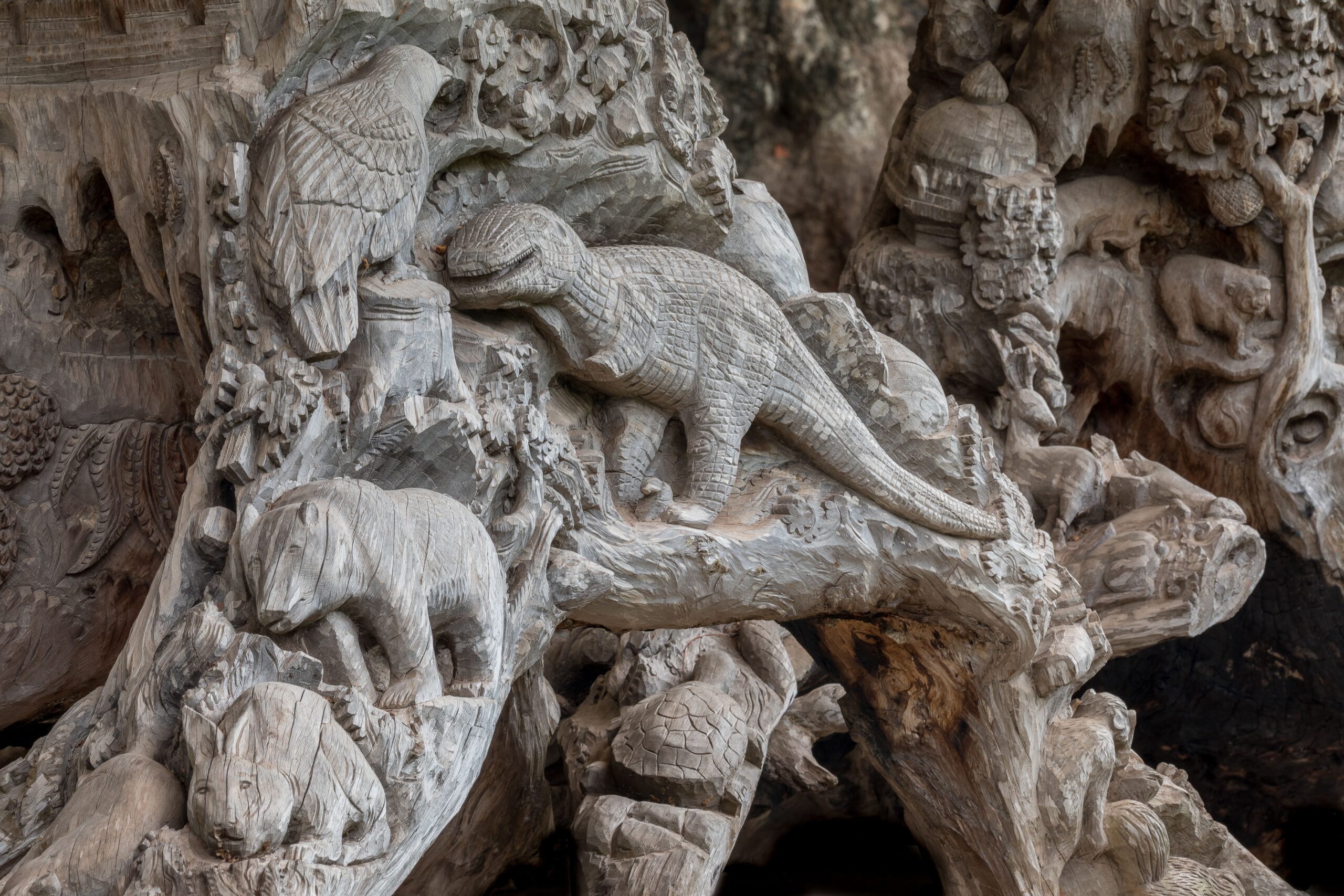
Dinosaurs didn’t just walk differently—they breathed differently too. Modern birds, which are dinosaurs, possess one of the most efficient respiratory systems in the animal kingdom. Evidence suggests that many dinosaurs shared this advanced breathing apparatus.
Their air sacs created a one-way flow of air through their lungs, meaning fresh oxygen was constantly being delivered while carbon dioxide was efficiently removed. This system is roughly 30% more efficient than the mammalian lung system we use today.
Think of it like having a supercharger for your respiratory system. This gave dinosaurs incredible stamina and allowed them to maintain active lifestyles even at enormous sizes. It’s one reason why some dinosaurs could grow to weights that would crush a modern elephant.
Masters of Size Scaling
Size matters in evolution, and dinosaurs wrote the playbook on how to grow big and stay functional. From chicken-sized Compsognathus to the massive Argentinosaurus, dinosaurs mastered the art of scaling across an incredible range of body sizes.
Large size brings numerous advantages: it’s harder for predators to take you down, you can reach food sources others can’t, and you can better regulate your body temperature. But with great size comes great challenges—how do you support all that weight, pump blood to your brain, and avoid overheating?
Dinosaurs solved these problems through innovative bone structures, efficient circulatory systems, and potentially sophisticated thermoregulation. Their hollow bones, similar to modern birds, provided structural strength while keeping weight down. It’s like building a skyscraper with steel beams instead of solid concrete blocks.
Feathers Before Flight
Long before any dinosaur took to the skies, they were already sporting feathers. This might sound counterintuitive, but feathers didn’t originally evolve for flight—they evolved for display, insulation, and possibly even protection.
Recent fossil discoveries have revealed dinosaurs with elaborate feather arrangements that would make a peacock jealous. These early feathers helped dinosaurs regulate their body temperature, attract mates, and potentially even intimidate rivals or predators.
The fact that flight came later was just evolutionary bonus points. Dinosaurs had already developed the raw materials for powered flight millions of years before they actually used them. It’s like having a Swiss Army knife before you even know you need to cut something.
Social Intelligence Networks
Forget the image of dinosaurs as solitary, dim-witted beasts. Growing evidence suggests that many dinosaurs lived in complex social groups with sophisticated communication systems and coordinated behaviors.
Fossil trackways show dinosaurs traveling in herds, with smaller individuals protected in the center. Some species built elaborate nests and provided extensive parental care. Certain predators appear to have hunted in coordinated packs, much like modern wolves.
This social intelligence gave dinosaurs a massive advantage. Working together, they could tackle prey much larger than themselves, share information about food sources and dangers, and provide collective protection for their young. It’s the difference between surviving alone and thriving as a community.
Climate Adaptation Champions
Dinosaurs ruled Earth through massive climate changes, from the hot, humid conditions of the Jurassic to the cooler, more variable climates of the Cretaceous. Their success wasn’t luck—it was adaptability.
Many dinosaurs appear to have been mesotherms—neither fully cold-blooded nor warm-blooded, but somewhere in between. This gave them the best of both worlds: the energy efficiency of cold-blooded animals combined with the temperature regulation abilities of warm-blooded ones.
Some dinosaurs could migrate vast distances when conditions changed, while others adapted their behavior and physiology to local conditions. They were like nature’s ultimate frequent flyers, comfortable in whatever climate they encountered.
Diversification Explosion
The dinosaur family tree isn’t just impressive—it’s mind-blowing. From tiny insectivores to massive herbivores, from swift runners to powerful swimmers, dinosaurs evolved to fill virtually every ecological niche imaginable.
This incredible diversity wasn’t random. Dinosaurs possessed a genetic toolkit that seemed particularly suited to rapid evolutionary change. Their developmental programs could be tweaked to produce dramatically different body plans in relatively short evolutionary timeframes.
Think of it like having a master chef who can use the same basic ingredients to create everything from delicate pastries to hearty stews. Dinosaurs had the evolutionary equivalent of culinary genius, constantly innovating new ways to make a living.
Dental Innovation Laboratory
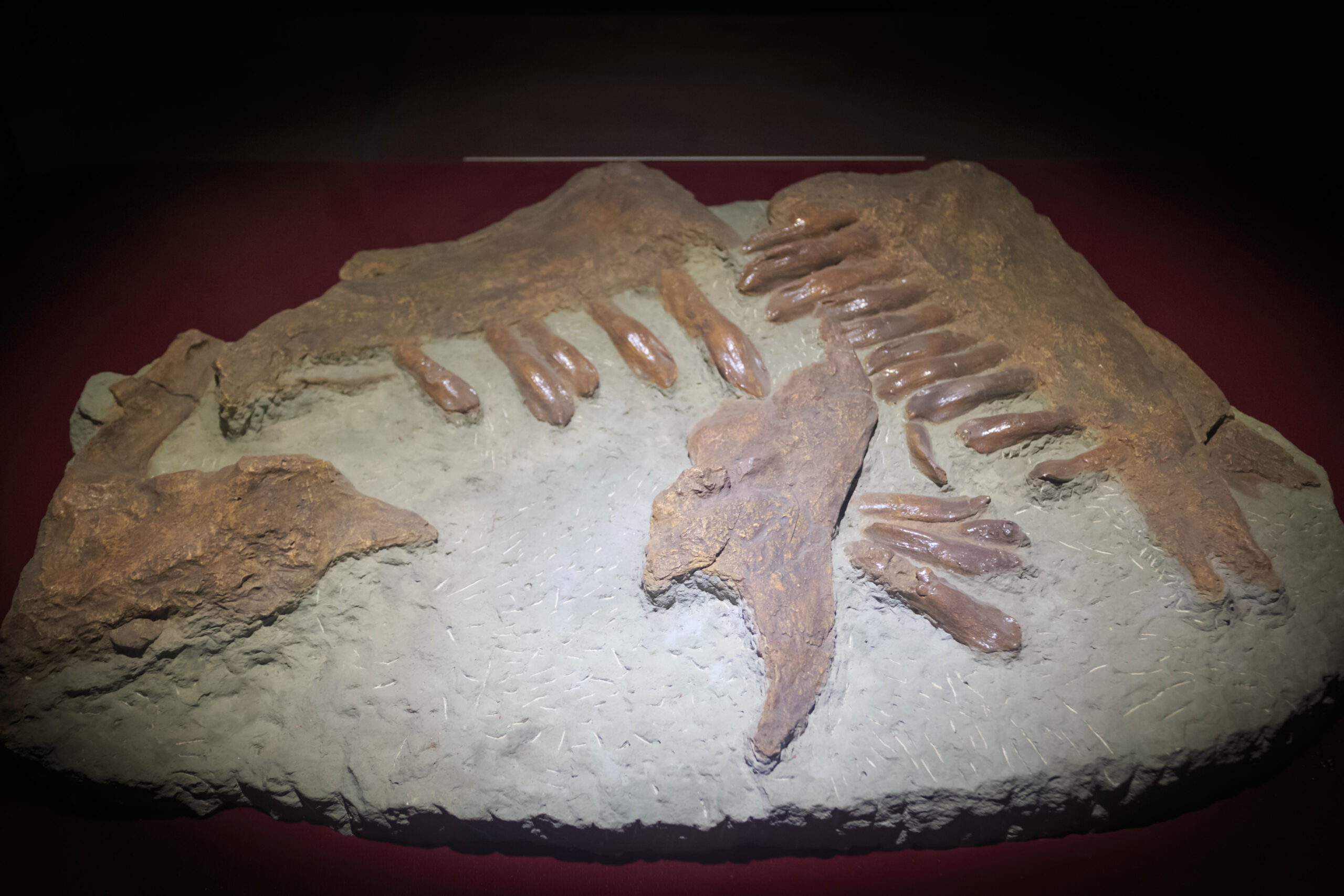
Dinosaur teeth were like a Swiss Army knife collection, with each species developing specialized tools for their particular lifestyle. Some had serrated edges perfect for slicing meat, others had grinding surfaces ideal for processing tough plant material.
What’s remarkable is how quickly dinosaurs could evolve new dental solutions. As flowering plants began to dominate the landscape, many herbivorous dinosaurs rapidly developed new tooth shapes and jaw mechanisms to process these new food sources.
Some dinosaurs even evolved batteries of hundreds of tiny teeth that worked together like a biological food processor. It’s like having a mouth full of miniature chainsaws, each perfectly designed for its specific job.
Reproductive Advantage
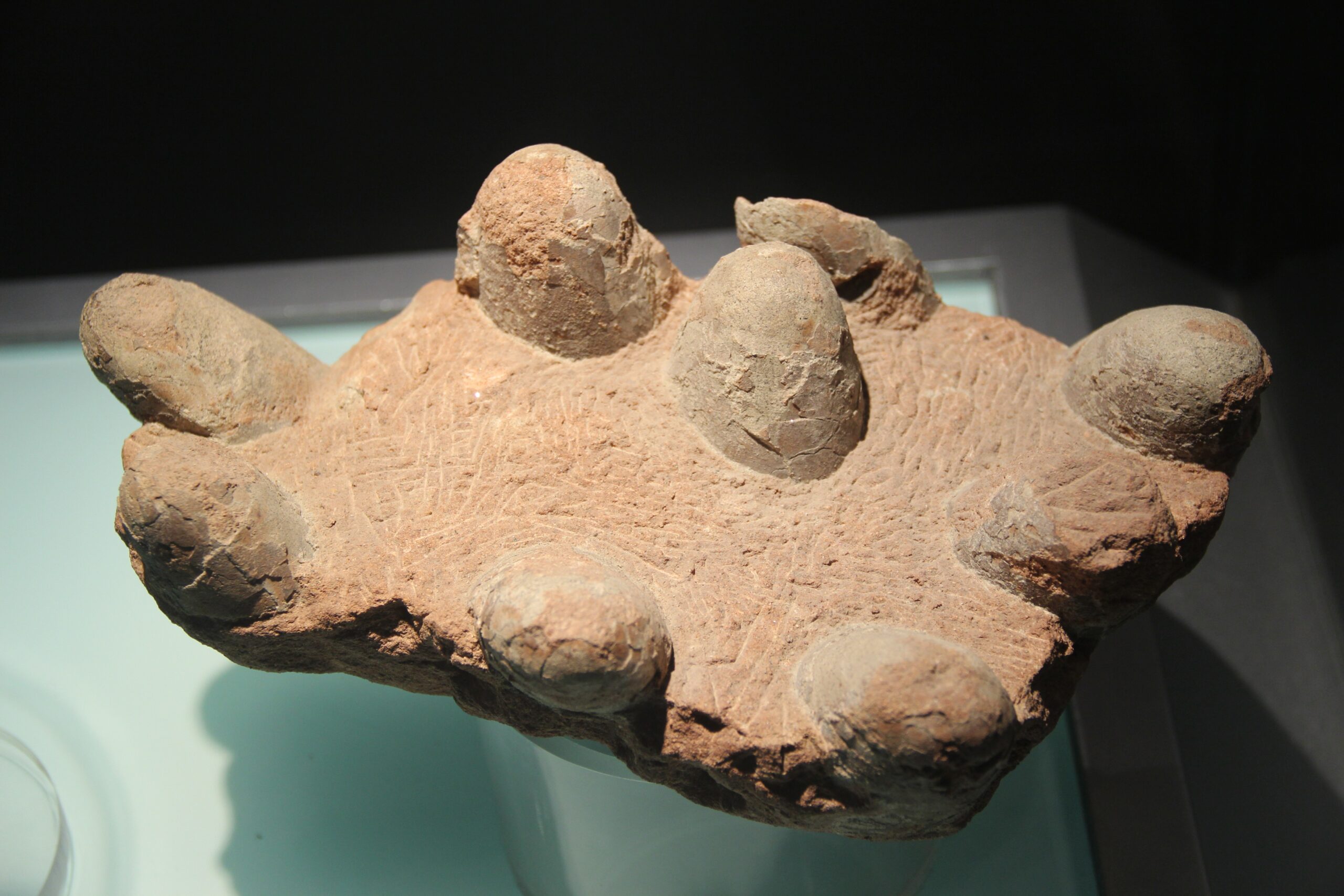
Dinosaurs revolutionized reproduction in ways that gave them a massive advantage over their competitors. Their hard-shelled eggs were like portable life support systems, protecting developing embryos while allowing parents to remain mobile.
Many dinosaurs invested heavily in parental care, with some species likely providing food, protection, and even education to their young. This increased survival rates dramatically compared to the “lay and pray” approach of many other reptiles.
Some dinosaurs also appear to have had relatively rapid growth rates, reaching sexual maturity quickly and producing multiple generations in a shorter timeframe. It’s like having a demographic advantage in the great game of evolution.
Sensory Sophistication
Dinosaurs weren’t just physically impressive—they were sensory powerhouses. Many species had excellent vision, with some predators possessing forward-facing eyes that provided excellent depth perception for hunting.
Their sense of smell was often extraordinary, with some dinosaurs having olfactory capabilities that would make a bloodhound jealous. They could track prey over long distances, identify potential mates, and detect danger from miles away.
Some dinosaurs even had specialized sensory organs, like the hollow crests of hadrosaurs that may have been used for long-distance communication. It’s like having a built-in sound system that could broadcast messages across vast distances.
Biomechanical Masterpieces

Every aspect of dinosaur anatomy was fine-tuned for maximum efficiency. Their bone structures were marvels of engineering, with weight-saving hollow spaces and stress-resistant designs that modern engineers still study.
The way dinosaurs moved was equally impressive. Computer simulations show that large dinosaurs like Tyrannosaurus rex moved with surprising grace and efficiency, despite their massive size. Their bodies were perfectly balanced machines.
Even their skin and scales were specialized, with some dinosaurs developing armor-like protection while others had sensitive skin that could detect minute changes in temperature or pressure. Every surface had a purpose.
Ecological Dominance Strategy
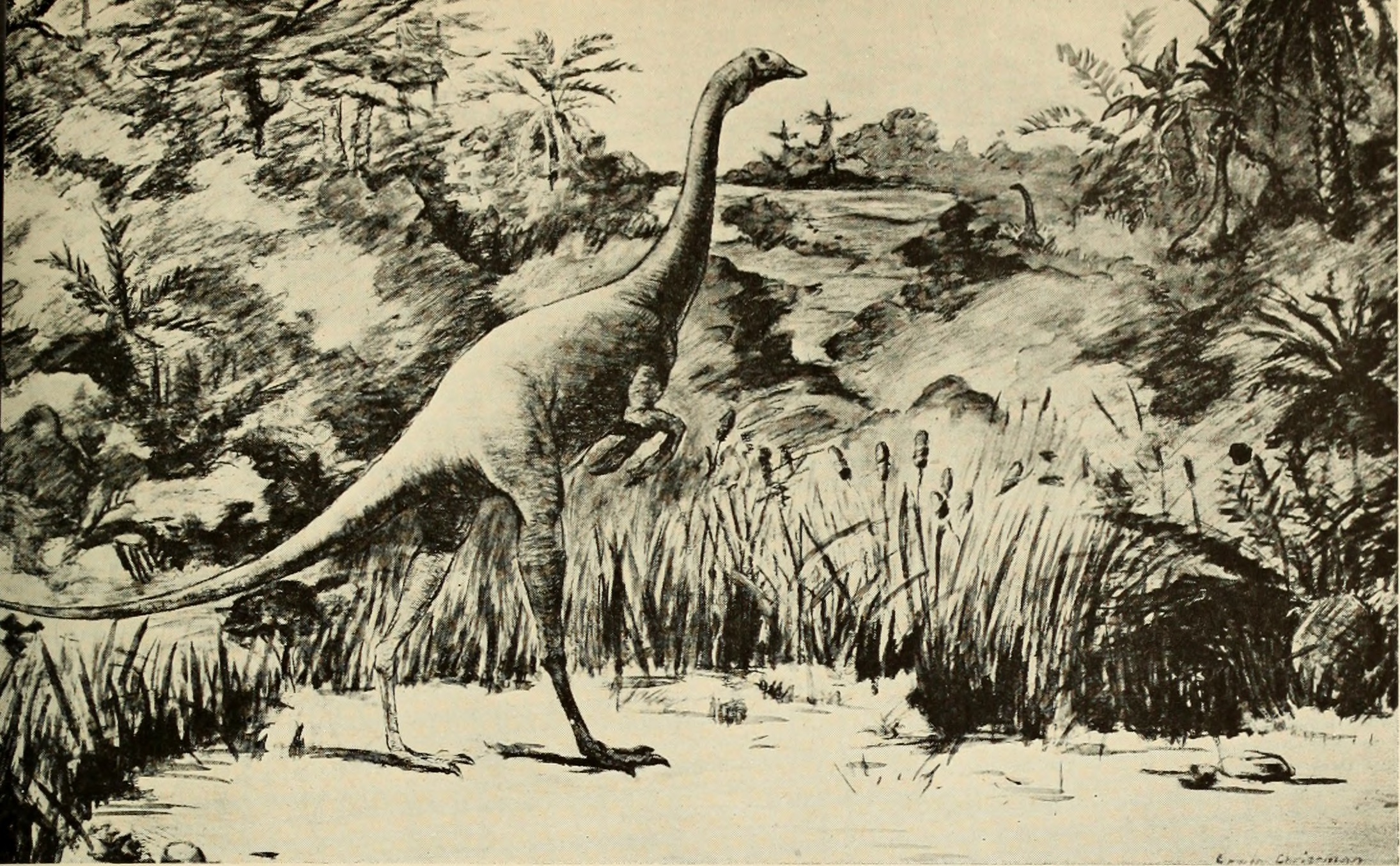
Dinosaurs didn’t just occupy ecological niches—they reshaped entire ecosystems around themselves. Large herbivores like sauropods literally changed the landscape, creating open spaces that other species could exploit.
Their presence influenced plant evolution, with many trees developing defensive strategies specifically to deal with dinosaur browsing. This co-evolutionary dance created increasingly complex and diverse ecosystems.
Predatory dinosaurs maintained ecological balance by preventing any single herbivore species from becoming too dominant. They were like nature’s quality control system, ensuring that ecosystems remained healthy and diverse.
Evolutionary Resilience
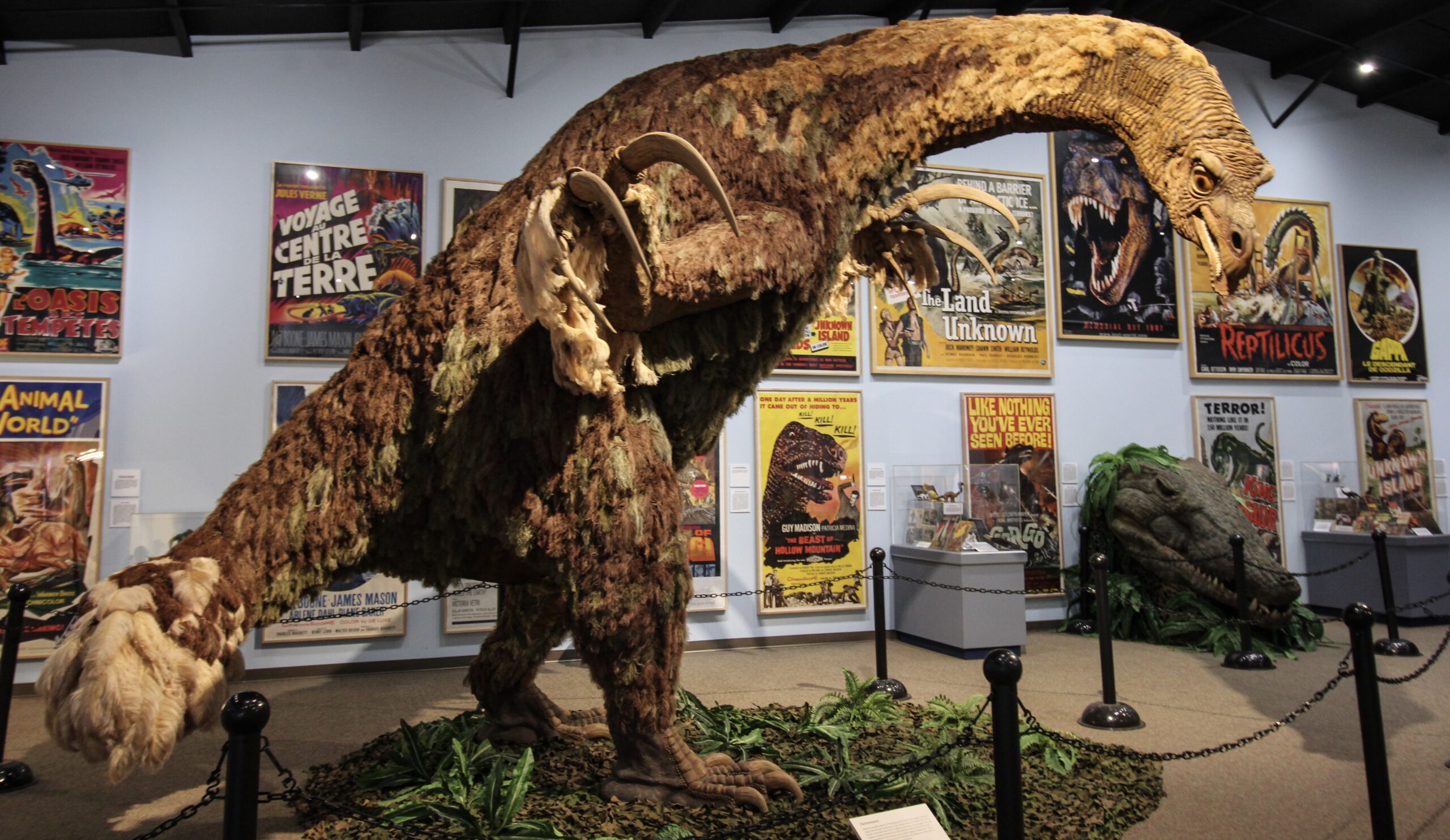
For over 165 million years, dinosaurs survived ice ages, volcanic eruptions, sea level changes, and multiple smaller extinction events. This wasn’t luck—it was evolutionary resilience built into their very DNA.
Their ability to rapidly adapt to changing conditions meant that while individual species might go extinct, the dinosaur lineage as a whole continued to thrive. They were like a hydra of evolution—cut off one head, and two more would grow back.
This resilience came from their incredible diversity, efficient body plans, and ability to exploit new opportunities quickly. They had built-in redundancy that kept them ahead of whatever challenges Earth could throw at them.
The Ultimate Survivors
Here’s the kicker that most people don’t realize: dinosaurs never actually went extinct. Every time you see a sparrow, hawk, or penguin, you’re looking at a living dinosaur. Birds are dinosaurs, and they’re still dominating the skies today.
The non-avian dinosaurs that disappeared 66 million years ago were just one branch of an incredibly successful evolutionary tree. The surviving branch—birds—continues to thrive with over 10,000 species worldwide.
This means that dinosaurs have been Earth’s most successful large vertebrate group for over 200 million years and counting. They didn’t just win the evolutionary lottery once—they keep winning it, generation after generation.
The story of dinosaurs is ultimately the story of evolution’s greatest success story. They combined innovative body plans, efficient metabolism, social intelligence, and incredible adaptability into a winning formula that dominated Earth for longer than any other group of large animals. Their legacy lives on not just in museums and movies, but in every bird that soars overhead, reminding us that sometimes evolution creates something so perfectly suited to success that it transcends even mass extinction. What other group of animals has managed to rule the Earth for over 200 million years and still be going strong?

